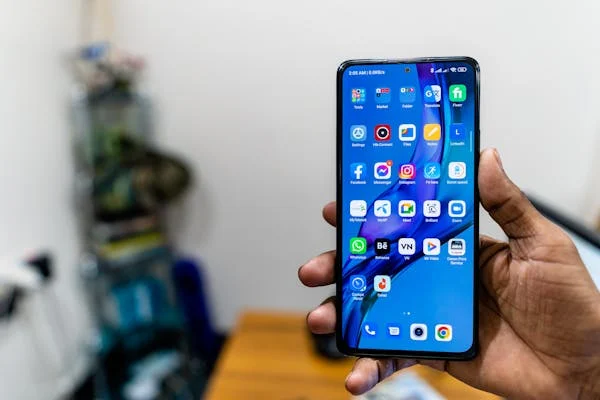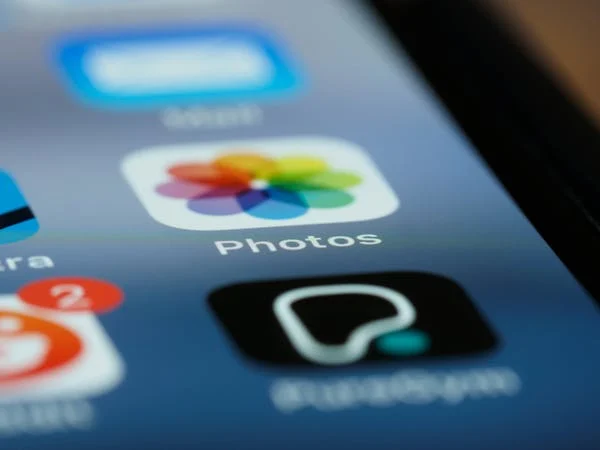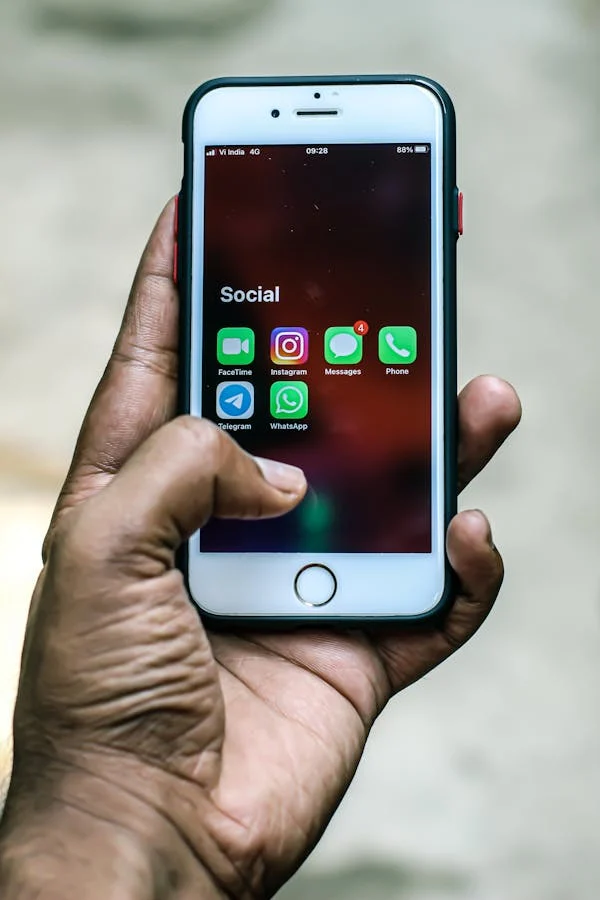Mobile Gaming: Smartphones Are Changing the Gaming Industry
The gaming world has always been an exciting and ever-evolving industry, but in recent years, one aspect of it has seen a major revolution—mobile gaming. With the proliferation of smartphones in nearly every household, the gaming landscape has experienced a monumental shift. Mobile gaming has gone from casual games like “Snake” to immersive, console-quality experiences, completely transforming how we think about and interact with games.
In this blog, we’ll explore how smartphones have changed the gaming industry, the factors contributing to their rise, and what the future holds for mobile gaming.
1. The Evolution of Mobile Gaming
When mobile phones first hit the market, games were simple, often limited to pre-installed classics like Snake or Tetris. These games were straightforward and didn’t require high-end graphics or processing power, which was a natural fit for the early mobile devices. However, as smartphones advanced with better processors, larger screens, and more powerful graphics capabilities, mobile gaming evolved rapidly.
In the early 2000s, the introduction of app stores like the Apple App Store and Google Play Store opened up the floodgates for developers, leading to an explosion of mobile games. Titles like Angry Birds, Candy Crush Saga, and Clash of Clans became global phenomena, demonstrating that mobile gaming wasn’t just a niche market but a mainstream entertainment medium.
Fast forward to today, and mobile gaming is one of the biggest segments in the gaming industry. The performance of modern smartphones is on par with gaming consoles, thanks to powerful processors, GPUs, and enhanced displays. Popular franchises like PUBG Mobile, Fortnite, and Call of Duty Mobile have made it possible to experience console-quality gaming right from the palm of your hand.
2. Accessibility: Gaming for Everyone
One of the most significant changes that smartphones have brought to the gaming industry is accessibility. Unlike traditional gaming consoles or PCs, which require substantial upfront investment and dedicated space, smartphones are affordable, portable, and ubiquitous. This accessibility has opened up gaming to millions of people who may not have considered it before.
Mobile games cater to a wide range of players, from casual gamers looking for a quick distraction to hardcore gamers seeking a more immersive experience. The variety of games available ensures that anyone can find something they enjoy. Games like Pokémon Go brought augmented reality (AR) gaming into the mainstream, encouraging outdoor activity while gaming. Meanwhile, games like Genshin Impact or League of Legends: Wild Rift offer complex, expansive worlds that rival those of PC or console titles.
Additionally, mobile gaming can be enjoyed anywhere. Whether you’re on a commute, waiting in line, or relaxing at home, your smartphone provides a portable gaming experience at your fingertips. This flexibility has made mobile gaming an integral part of people’s daily lives.
3. Mobile Gaming and Social Connectivity
Social interaction has become a fundamental part of the gaming experience, and mobile games have capitalized on this. Many mobile games feature multiplayer modes that allow friends, families, and even strangers to team up or compete with each other in real-time. Clash Royale, Among Us, and Brawl Stars are just a few examples of games where you can connect with others online, making mobile gaming a social experience as much as a recreational one.
Mobile games also integrate with social media platforms, allowing players to share their achievements, invite friends, and broadcast their gameplay to wider audiences. The rise of streaming services like Twitch and YouTube Gaming has seen mobile gamers become content creators, broadcasting their gaming sessions for fans across the globe.
The integration of cross-platform play is also contributing to the growth of social gaming. Players can now enjoy games on mobile devices while competing with console or PC players, blurring the lines between different gaming platforms.
4. Monetization Models: The Rise of Free-to-Play
Another major way smartphones have changed the gaming industry is through new monetization models. Free-to-play games have become the dominant business model in mobile gaming, allowing developers to attract large user bases and make money through in-app purchases, ads, and subscriptions.
Mobile games like Candy Crush Saga and Fortnite have capitalized on the “freemium” model, where the game is free to play but offers in-app purchases for cosmetic items, power-ups, or special abilities. This model has proven extremely successful, creating billion-dollar franchises with millions of active players.
In-app purchases allow players to experience games without being blocked by a paywall, which appeals to casual gamers who might not be willing to pay upfront for a game. However, this has also led to debates around pay-to-win mechanics, where players can gain an advantage by spending money, raising concerns about fairness and game balance.
5. Mobile Gaming and Esports
Esports, a billion-dollar industry in its own right, has seen massive growth over the past decade. While most esports competitions were initially centered around PC or console gaming, mobile esports is rapidly becoming a major player in the competitive gaming space.
Games like PUBG Mobile, Mobile Legends: Bang Bang, and Free Fire have sparked mobile esports leagues, tournaments, and even international competitions. Mobile esports events attract millions of viewers and feature prize pools worth millions of dollars. With the accessibility of smartphones, mobile esports is attracting a diverse range of players, including those who don’t have access to high-end gaming PCs or consoles.
Mobile esports also has the potential to reach new audiences, especially in regions where console gaming is less prevalent. In countries like India, Southeast Asia, and Latin America, mobile gaming is often more accessible due to the widespread use of smartphones, making mobile esports a viable path to professional gaming.
6. Cloud Gaming and the Future of Mobile Gaming
The future of mobile gaming is being shaped by advancements in cloud gaming. Services like Google Stadia, Xbox Cloud Gaming (formerly Project xCloud), and NVIDIA GeForce NOW are paving the way for the next era of gaming, allowing users to stream games directly to their smartphones without the need for powerful hardware. Cloud gaming lets players access high-end games with graphically intensive worlds from their smartphones, even without a gaming console or PC.
The advent of 5G networks is expected to take cloud gaming to the next level. With faster download speeds and reduced latency, 5G will enable smoother and more seamless cloud gaming experiences on mobile devices. This could open up a whole new realm of possibilities, allowing players to enjoy AAA games on their phones with high-quality graphics and minimal lag.
7. AR and VR Integration
Augmented Reality (AR) and Virtual Reality (VR) are transforming mobile gaming by creating more immersive and interactive experiences. While VR gaming still requires specialized equipment, AR has been integrated into mobile games like Pokémon Go and Harry Potter: Wizards Unite, where virtual elements are overlaid onto the real world through your phone’s camera.
AR gaming encourages players to engage with their physical environment, blending the virtual and real worlds in a way that feels interactive and dynamic. In the coming years, we can expect more mobile games to leverage AR technology, providing players with even more immersive experiences.
8. The Mobile Gaming Market: A Billion-Dollar Industry
The rise of mobile gaming has had a profound impact on the gaming industry’s financial landscape. In 2025, mobile gaming is expected to generate more revenue than both PC and console gaming combined. With millions of users worldwide and a variety of monetization models, the mobile gaming market is one of the most lucrative segments of the entertainment industry.
In addition to traditional gaming companies, we are seeing an influx of indie developers creating innovative mobile games that cater to niche audiences. The democratization of mobile game development tools and platforms allows developers to bring their ideas to life with relative ease, contributing to the explosion of creative, diverse gaming experiences.
Conclusion: The Future of Mobile Gaming
Smartphones have radically changed the gaming industry, transforming mobile gaming from a casual pastime into a global phenomenon. With their accessibility, powerful hardware, and connectivity features, smartphones have become the go-to platform for millions of gamers worldwide. The integration of cloud gaming, esports, AR/VR technology, and innovative monetization models will continue to shape the future of mobile gaming.







